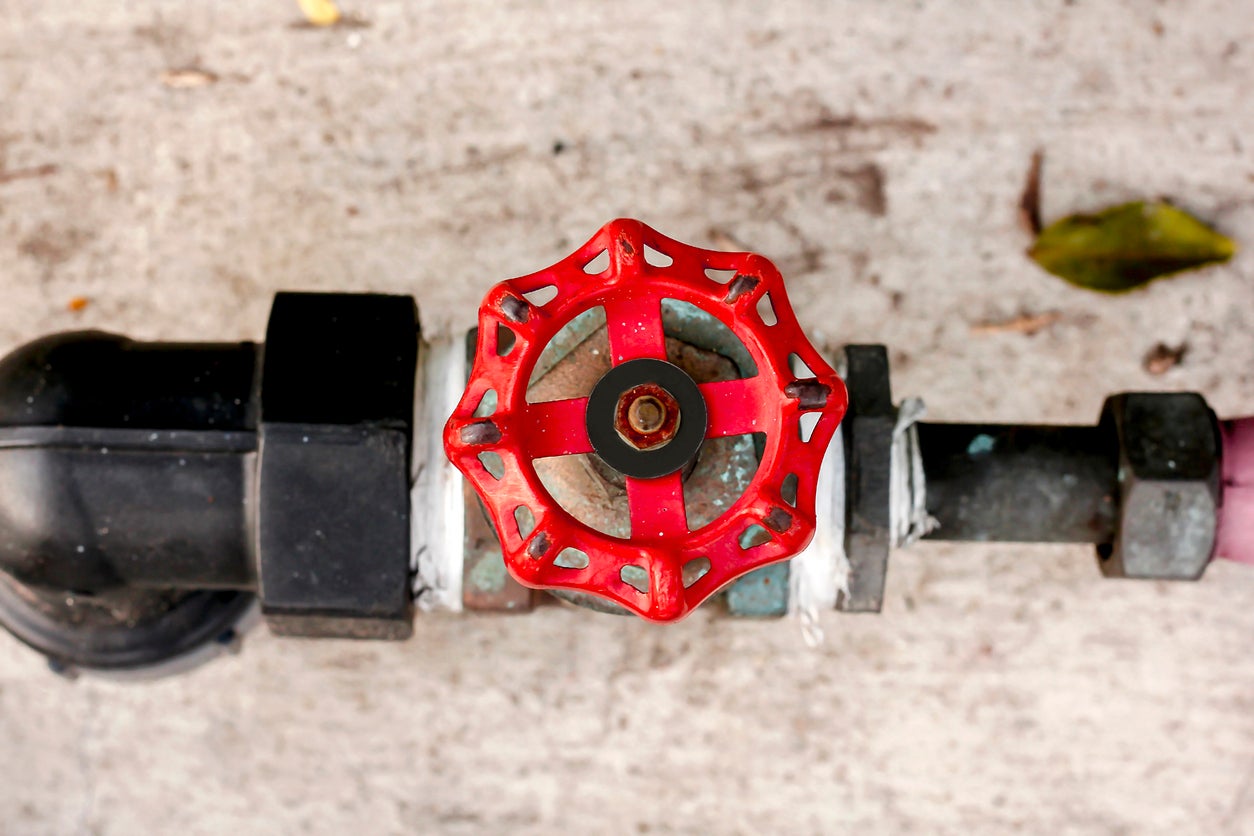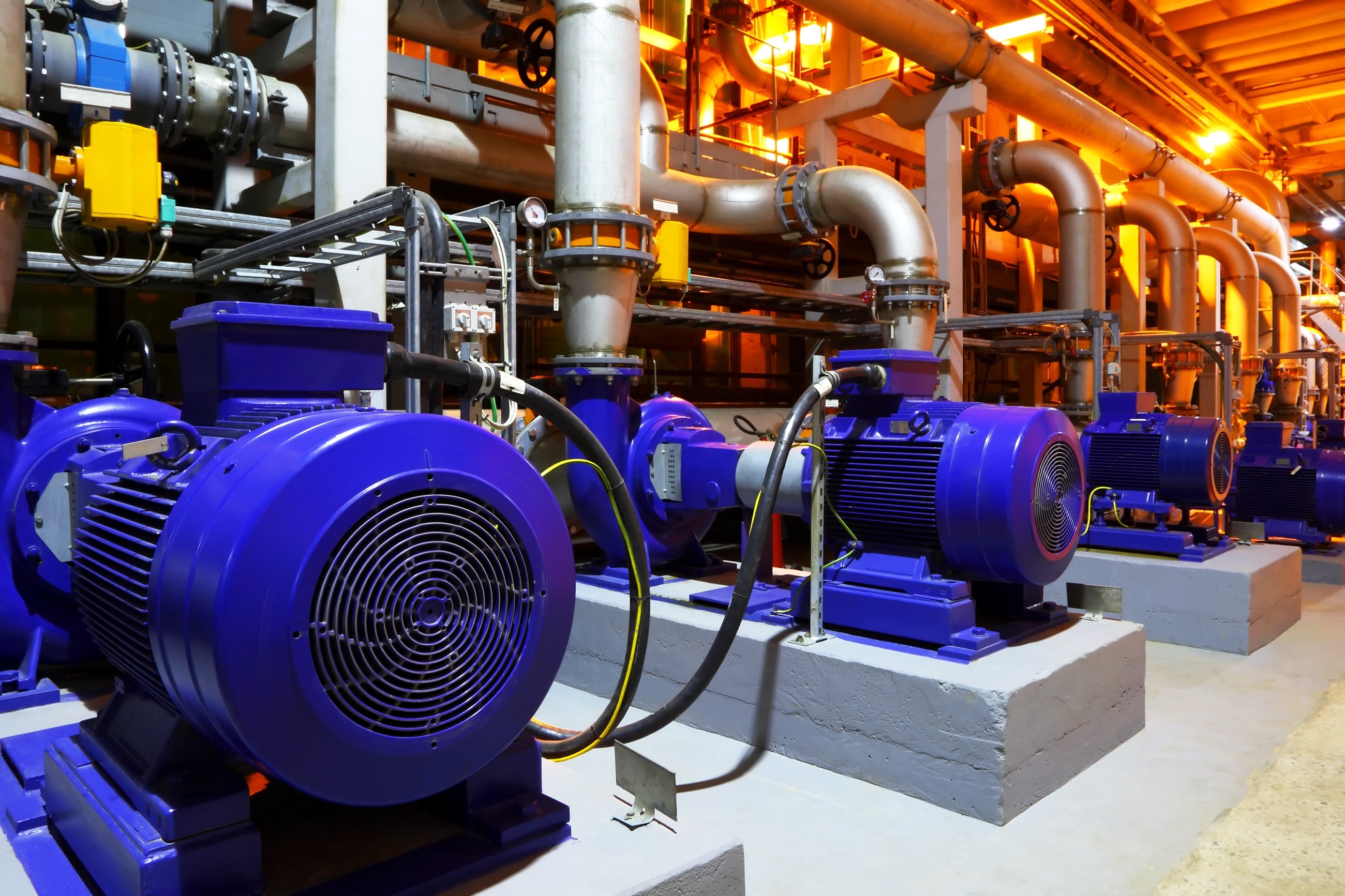Straightforward Tips for Rectifying Low Water Pressure in Your Home
Straightforward Tips for Rectifying Low Water Pressure in Your Home
Blog Article
What're your insights and beliefs on Low Water Pressure in the House??

Low water stress in your home can be an aggravating problem, influencing whatever from showering to cleaning dishes. If you're experiencing weak water circulation, there are several feasible causes and solutions to explore. In this guide, we'll talk about common factors for low water pressure and functional steps to address the concern effectively.
Intro to Low Water Stress
Low water pressure occurs when the circulation of water from your faucets, showers, and various other fixtures is weaker than usual. This can make daily tasks extra difficult and less effective. Recognizing the sources of low water pressure is crucial to discovering the ideal service.
Common Reasons For Low Water Pressure
Faulty Pressure Regulatory Authorities
Pressure regulatory authorities are accountable for maintaining regular water stress in your house. If they malfunction, it can lead to low water stress or irregular flow throughout the house.
Municipal Water Supply Issues
Occasionally, the issue lies outside your home. Metropolitan water system issues, such as main line leakages or maintenance job, can temporarily lower water pressure in your location.
Pipe Obstructions
Gradually, pipes can end up being clogged with mineral deposits, debris, or debris, limiting the circulation of water. This is a common issue in older homes with galvanized steel pipelines.
Rust
Corrosion within pipelines can lead to leakages and lowered water pressure. Rust buildup can restrict water flow, particularly in aging plumbing systems.
Just How to Diagnose Low Tide Pressure
Inspecting Pipes
Examine noticeable pipes for signs of leaks, rust, or blockages. Take notice of any uncommon audios, such as banging or rattling pipes, which could indicate problems within the plumbing system.
Consulting with a Plumber
If you're incapable to determine the reason for low tide stress, think about working with a professional plumber to carry out a comprehensive evaluation. They can identify underlying issues and recommend ideal remedies.
Examining Taps and Components
Start by examining the water stress at various faucets and components throughout your home. If the issue is separated to certain locations, it may indicate localized problems.
Do It Yourself Solutions to Deal With Low Water Stress
Flushing Water Heater
Debris accumulation in the hot water heater can restrict circulation and lower efficiency. Purging the storage tank occasionally helps remove debris and keep optimal efficiency.
Inspecting Stress Regulator
Ensure that the stress regulator is functioning appropriately. Readjusting or replacing the regulatory authority can assist bring back appropriate water stress throughout your home.
Cleansing Aerators and Showerheads
Mineral deposits can build up in aerators and showerheads, decreasing water circulation. Eliminate and clean up these elements frequently to improve water stress.
Cleaning Clogs in Pipeline
For small blockages, attempt utilizing a plumbing serpent or chemical drain cleaner to clear obstructions in pipes. Beware when using chemicals and adhere to safety standards.
When to Call a Professional Plumber
If do it yourself efforts stop working to resolve the problem or if you believe significant plumbing issues, it's ideal to seek support from a qualified plumber. They have the knowledge and devices to resolve complex issues safely and successfully.
Safety Nets to Keep Water Stress
Setting Up a Pressure Booster
Take into consideration setting up a pressure booster pump to boost water pressure in locations with consistently reduced circulation. This can be specifically advantageous for multi-story homes or buildings with high-demand components.
Monitoring Water Usage
Be mindful of water use habits and stay clear of overtaxing the plumbing system. Basic modifications, such as incredible showers and washing lots, can assist keep ample water stress.
Normal Maintenance
Schedule routine maintenance for your plumbing system to prevent issues such as corrosion, leakages, and obstructions. Addressing minor issues early can assist avoid more considerable repair services in the future.
Conclusion
Dealing with low water pressure can be aggravating, but identifying the underlying reasons and implementing ideal solutions can restore optimum flow throughout your home. Whether it's cleansing aerators, evaluating pipes, or speaking with a plumber, taking positive steps can make sure a constant supply of water for your everyday needs.
FOUR WAYS TO FIX LOW WATER PRESSURE NOW
Turning on a shower or faucet only to find the water comes out in a sad, slow drizzle is never a good feeling. How exactly are you supposed to wash a pan or take a quick shower when it takes 10 minutes just to rinse off a little soap? The good news is that when your water pressure is bad, there's always a cause: typically one that can be easily fixed. Here are some of the most common causes of low pressure and what you can do to fix the issue:
DEBRIS AND MINERAL DEPOSIT BUILDUPS
If you notice low water pressure from just one or two of the fixtures in your house, the problem likely has to do with debris buildup. Water is full of minerals and other debris, all of which can accumulate in your pipes and on your fixtures. This can cause a blockage that affects how much water flows through. To fix this, try filling a small plastic bag with white vinegar, and use a rubber band to hang it around your showerhead or faucet. Let the head of the fixture soak for a few hours, and the vinegar should loosen the deposits.
WATER LEAKS
Leaks are another common cause of low water pressure. If water is flowing out of your plumbing through a hole or crack before it can reach your fixture, the pressure coming out of the faucet or showerhead will be lower. A plumbing professional is your best bet for finding and repairing a leak in your water supply pipes.
Leaks are another common cause of low water pressure. If water is flowing out of your plumbing through a hole or crack before it can reach your fixture, the pressure coming out of the faucet or showerhead will be lower. A plumbing professional is your best bet for finding and repairing a leak in your water supply pipes.
A VALVE ISSUE
If you have low water pressure throughout your home, check your main shut-off valve to make sure it's completely open. You may also want to see if there's a pressure-reducing valve installed. If there is, have a plumber help you adjust the settings to get the pressure you're looking for.
OTHERS USING WATER
Believe it or not, your low water pressure could be caused by your neighbors. If you notice low pressure at certain times of day, it may be because you and the people living next to you have similar schedules - when everyone is showering at the same time, the pressure will be lower in every home. Low pressure throughout the neighborhood may also be caused by an issue with your municipal water supply. If that's the case, call the supplier to see if they're working on the issue.
https://www.rotorooter.com/blog/water-leaking/low-water-pressure-fixes/

We were brought to that editorial about through a good friend on another web blog. If you enjoyed reading our article if you please make sure you remember to share it. Thanks so much for your time spent reading it.
Book Report this page